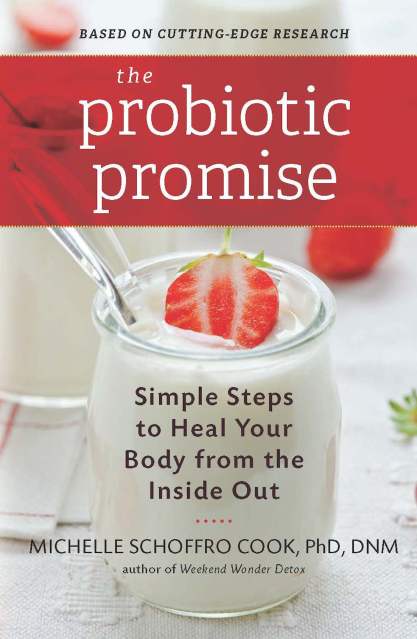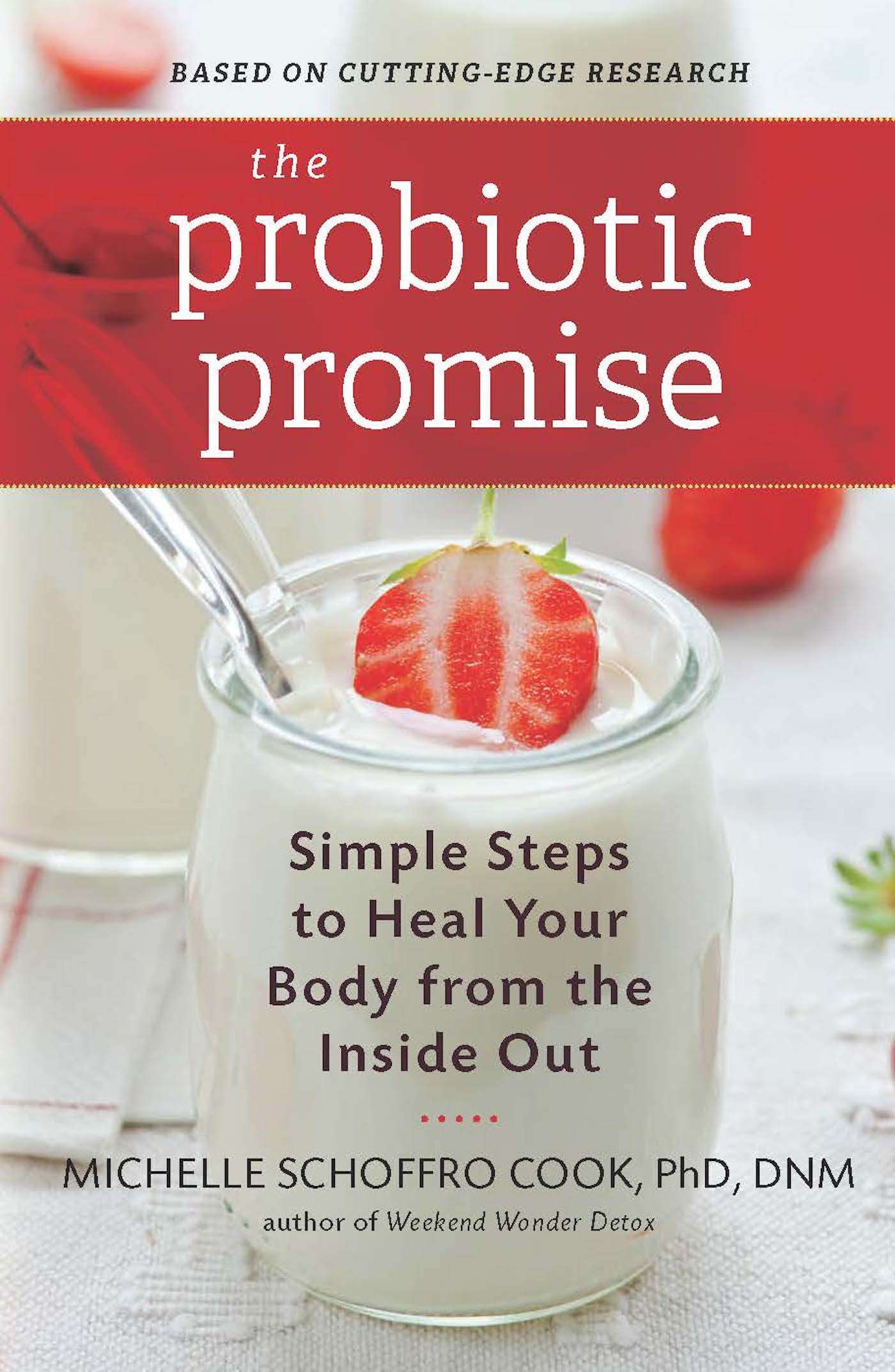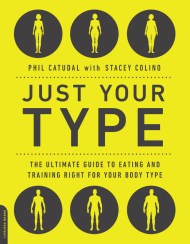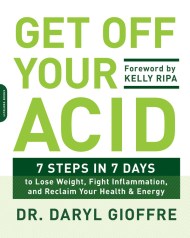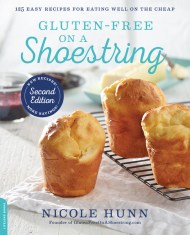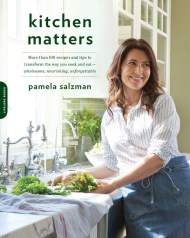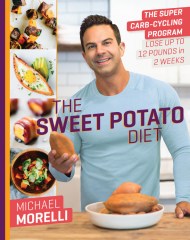Promotion
Use code MOM24 for 20% off site wide + free shipping over $45
The Probiotic Promise
Simple Steps to Heal Your Body from the Inside Out
Contributors
Formats and Prices
Price
$14.99Price
$19.99 CADFormat
Format:
ebook $14.99 $19.99 CADThis item is a preorder. Your payment method will be charged immediately, and the product is expected to ship on or around February 3, 2015. This date is subject to change due to shipping delays beyond our control.
Also available from:
You’ve heard how beneficial probiotics are for gut health; new research reveals that they can do much more! Probiotics can also improve a host of other conditions, from allergies to arthritis, depression to obesity — they have even been shown to inhibit cancer and antibiotic-resistant superbugs. Now Dr. Michelle Schoffro Cook shares this groundbreaking research, demonstrating the link between gastrointestinal health and overall well-being. She offers concrete ways for you to use this extraordinary information, explaining how to use probiotics to address a range of medical issues. In this cutting-edge prescription for overall wellness, you’ll discover:
specific strains of probiotics and the more than 50 conditions they can help
the benefits of incorporating probiotics into your day-to-day life
how to select the best supplement for your health concerns
tips for adding more probiotic-rich foods to your diet
more than 30 delicious and nutritious probiotic-rich recipes
Genre:
- On Sale
- Feb 3, 2015
- Page Count
- 288 pages
- Publisher
- Da Capo Lifelong Books
- ISBN-13
- 9780738217963
Newsletter Signup
By clicking ‘Sign Up,’ I acknowledge that I have read and agree to Hachette Book Group’s Privacy Policy and Terms of Use
